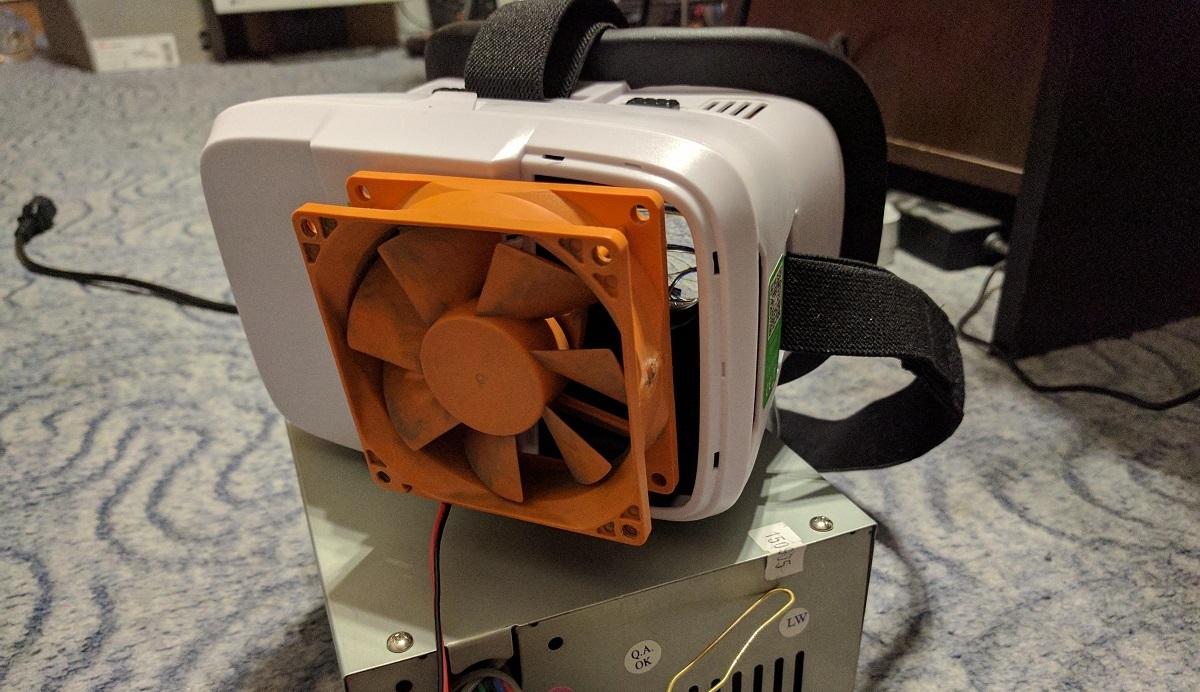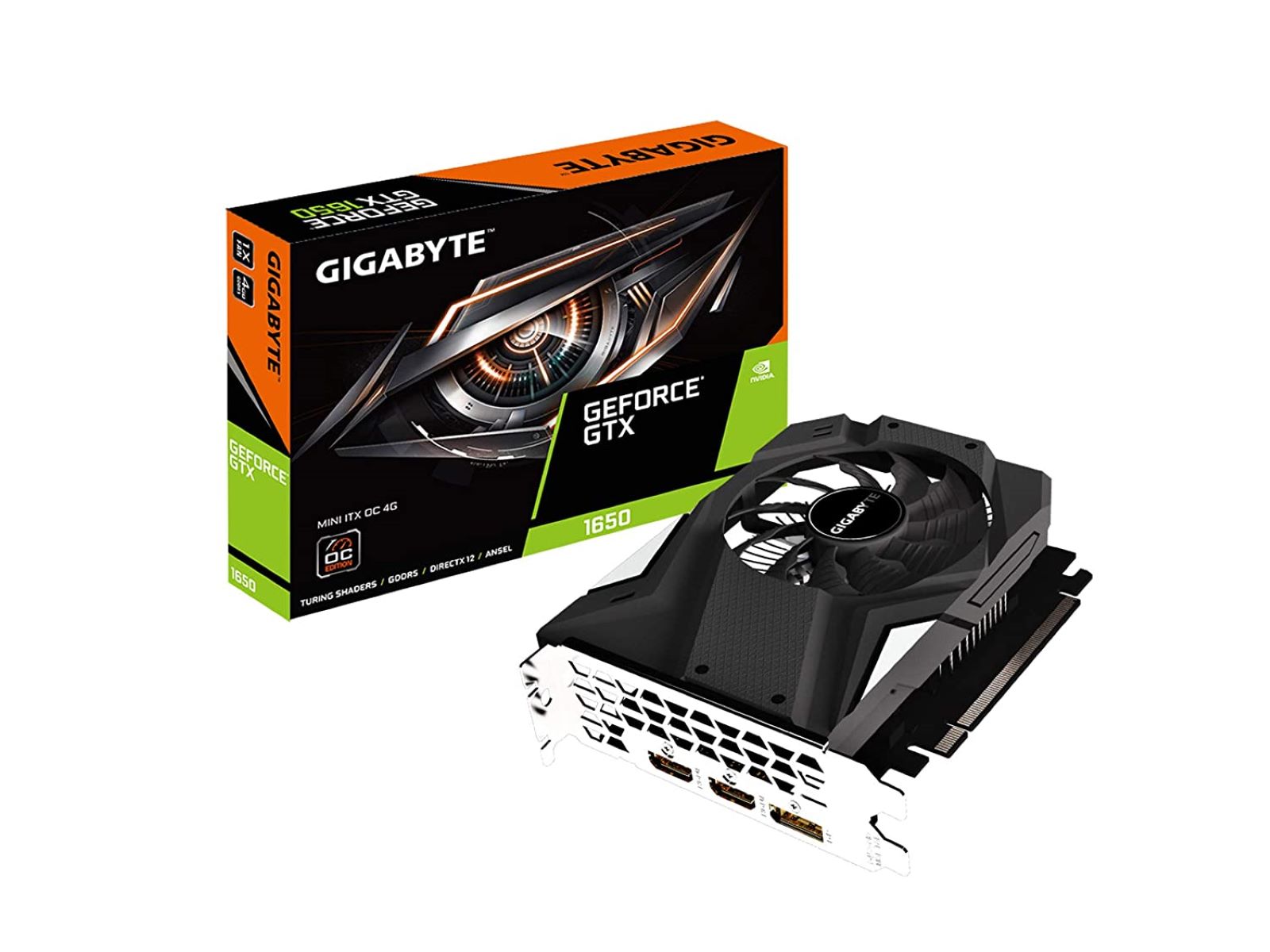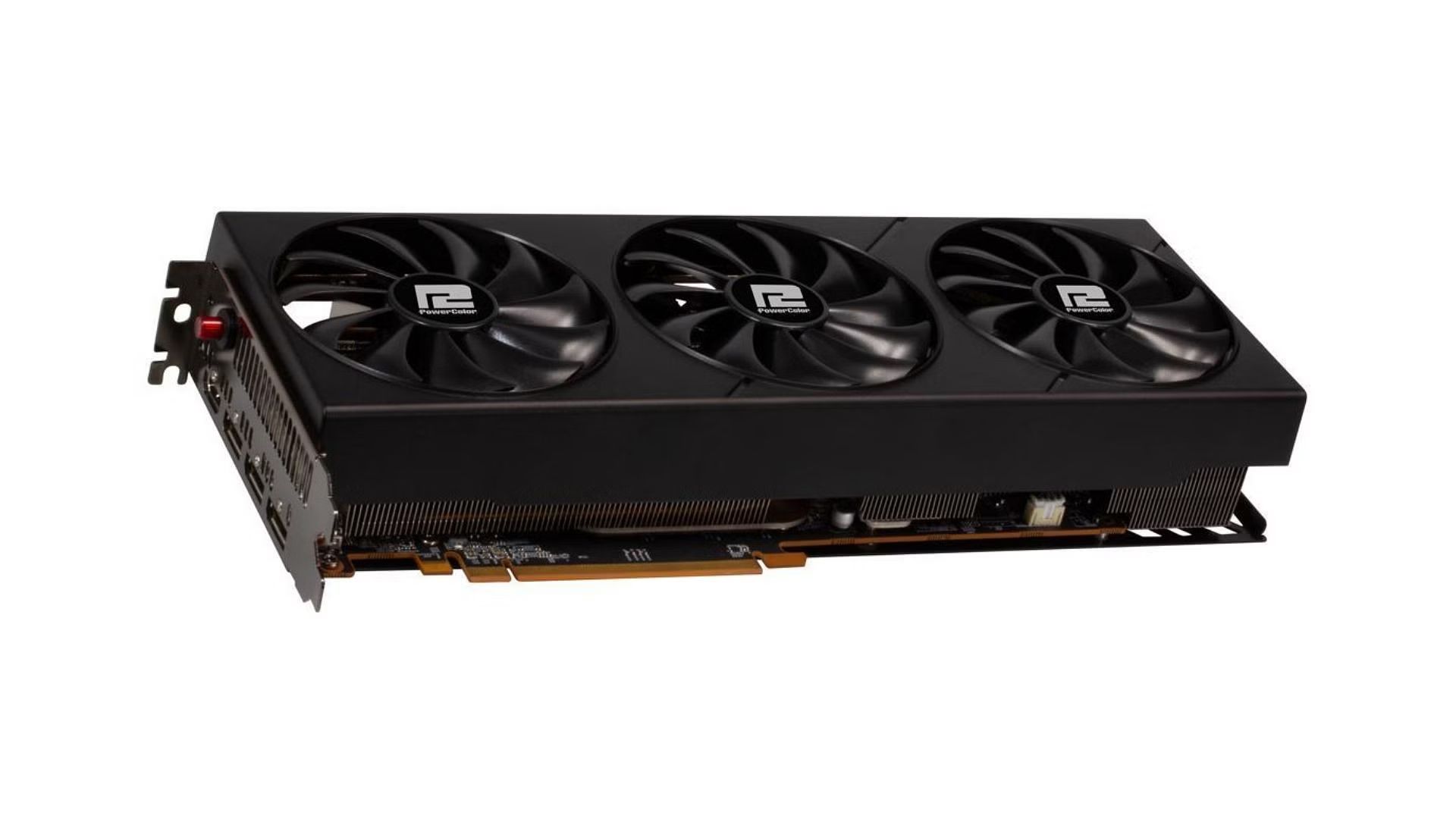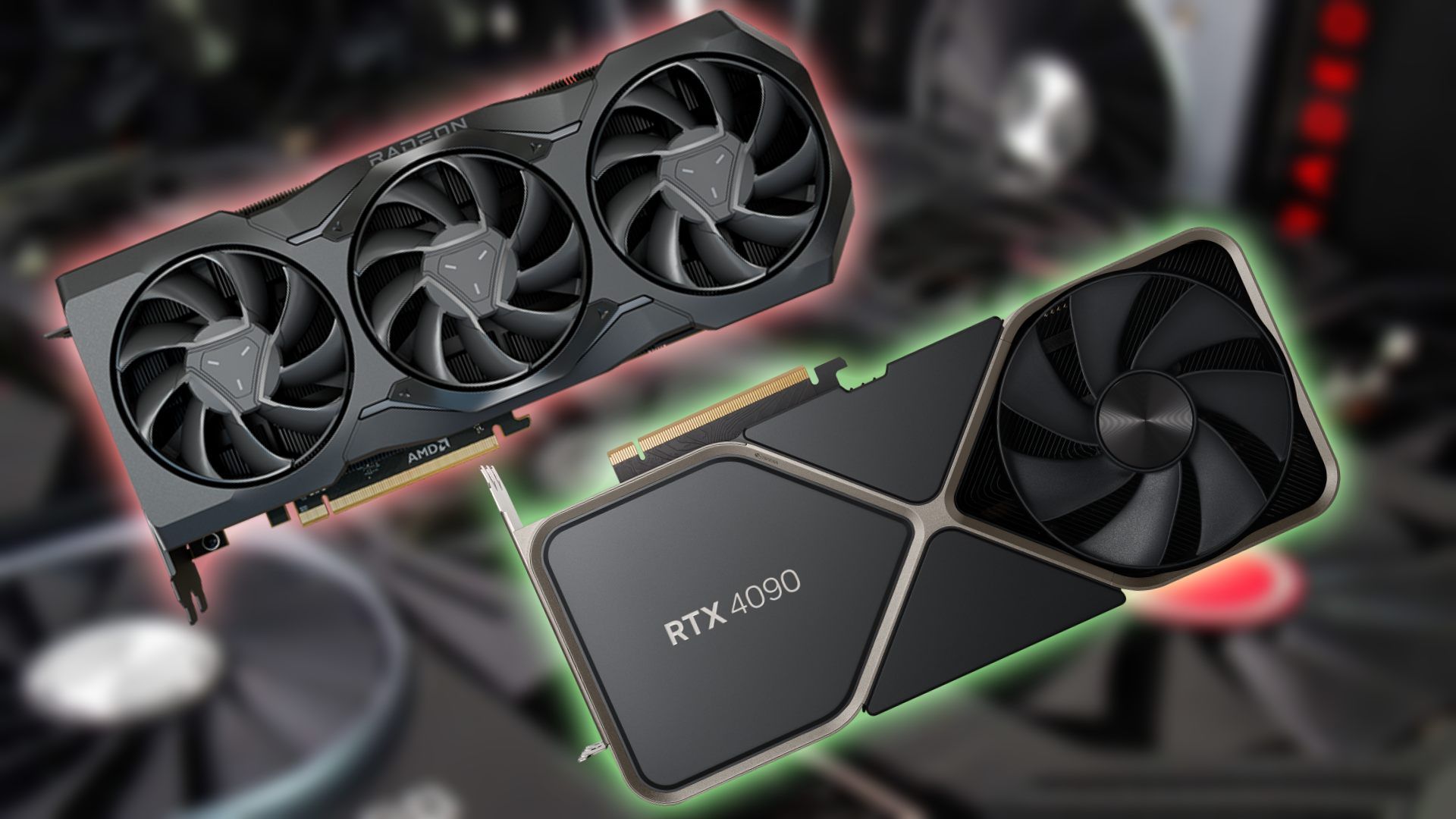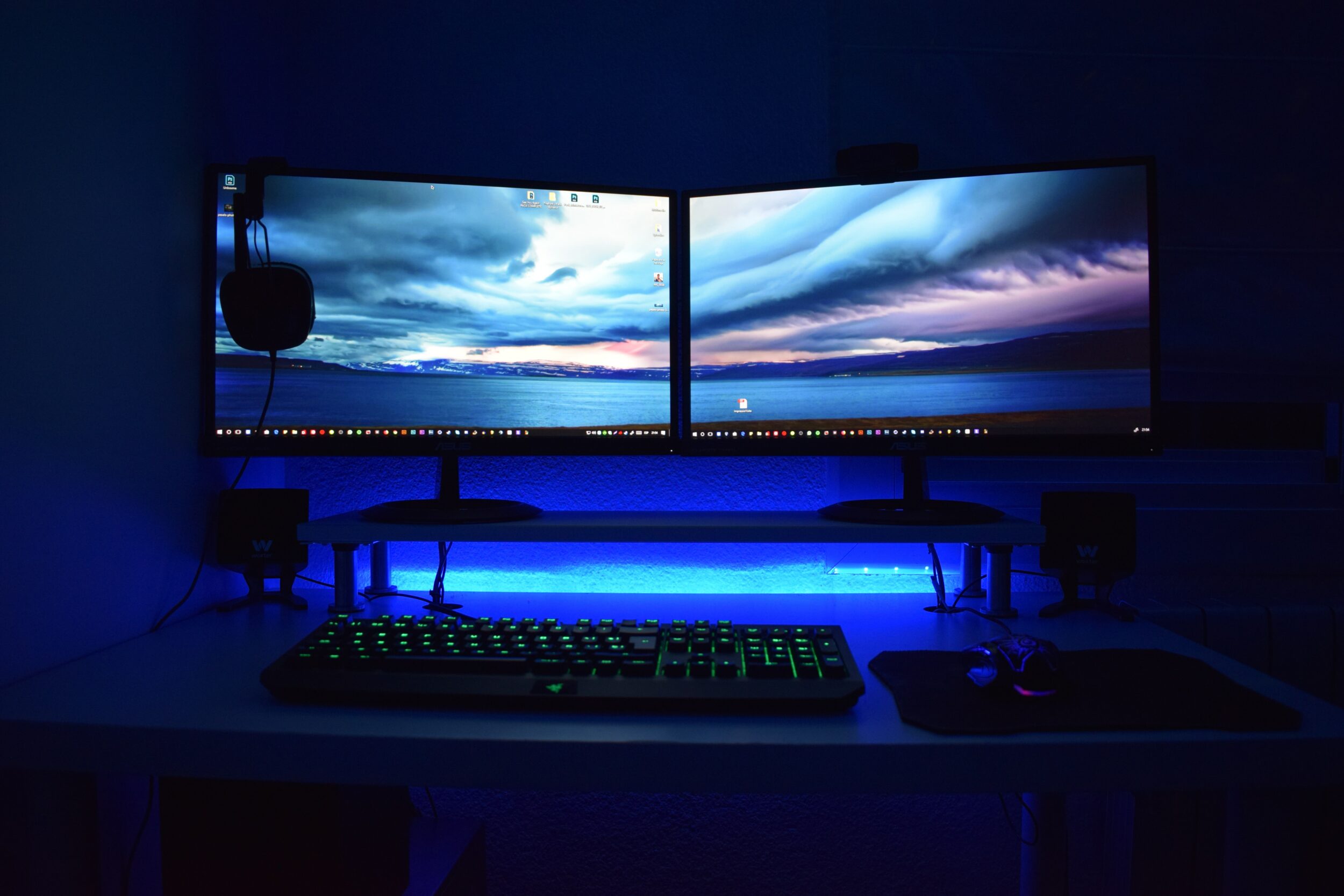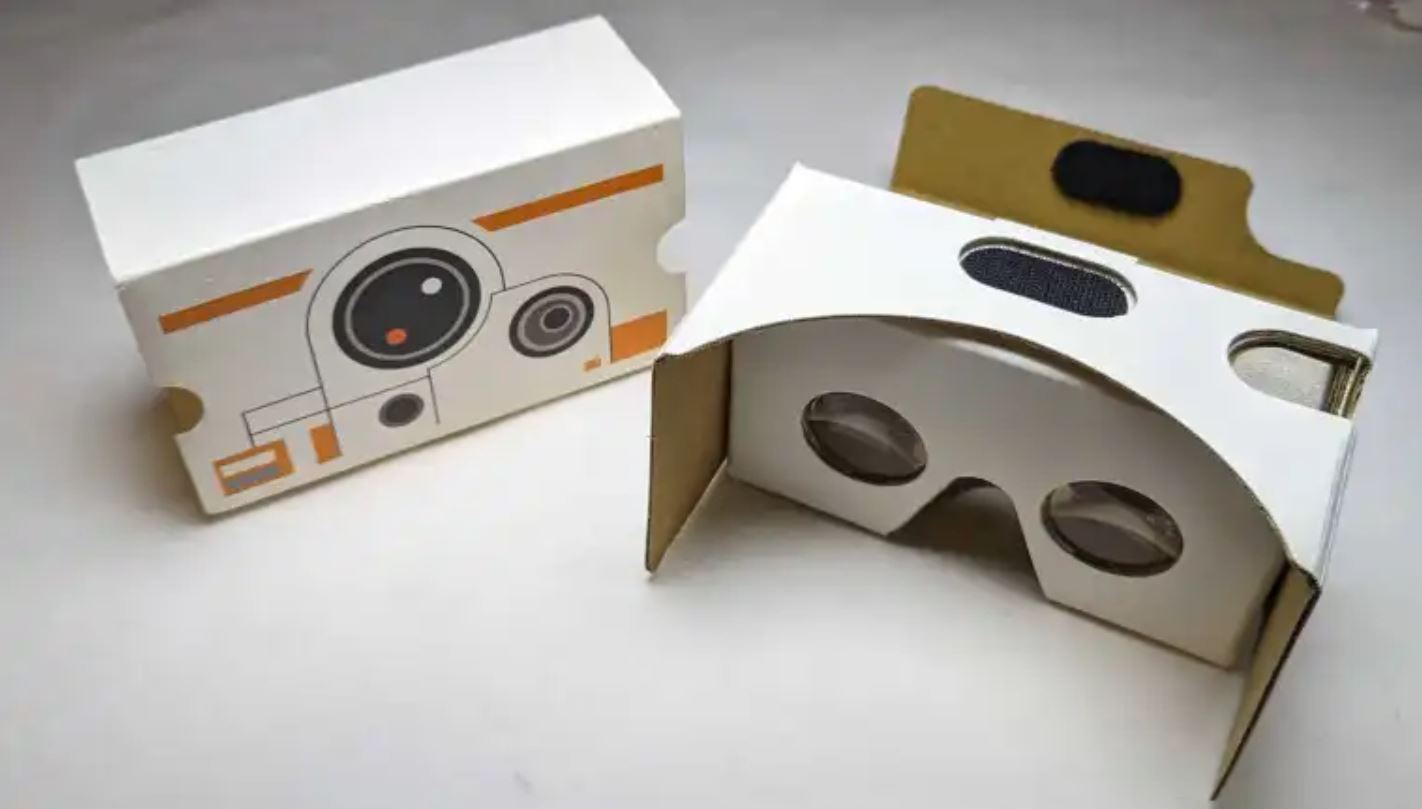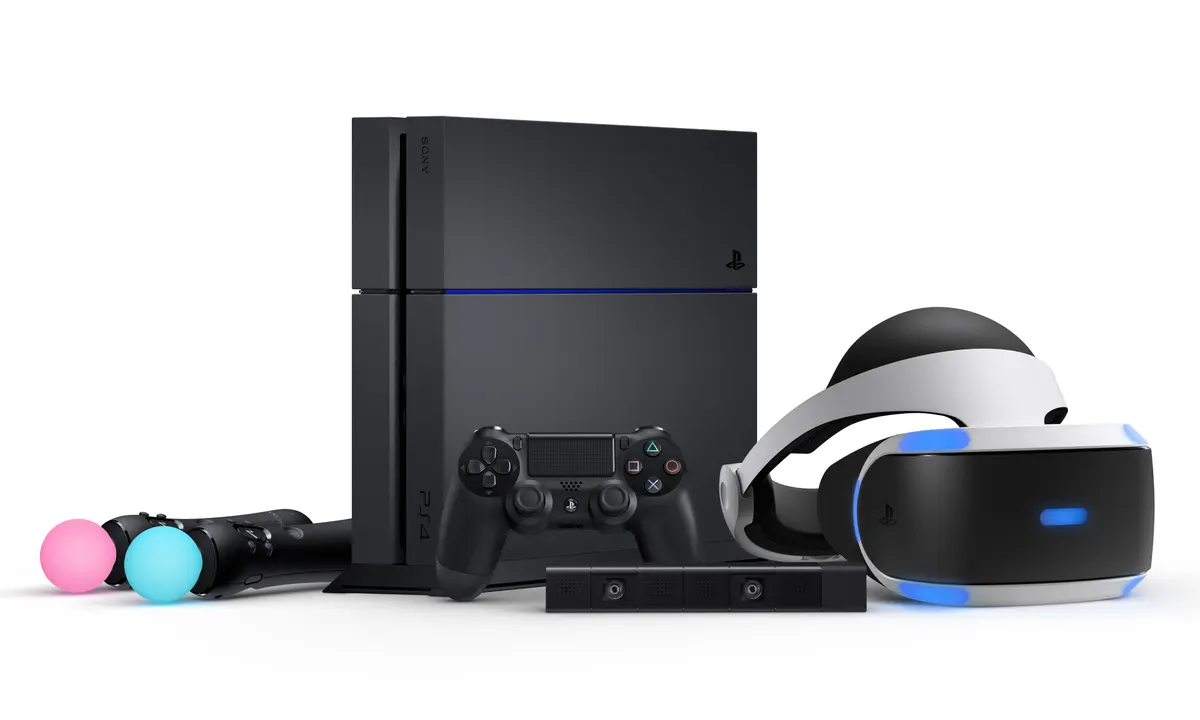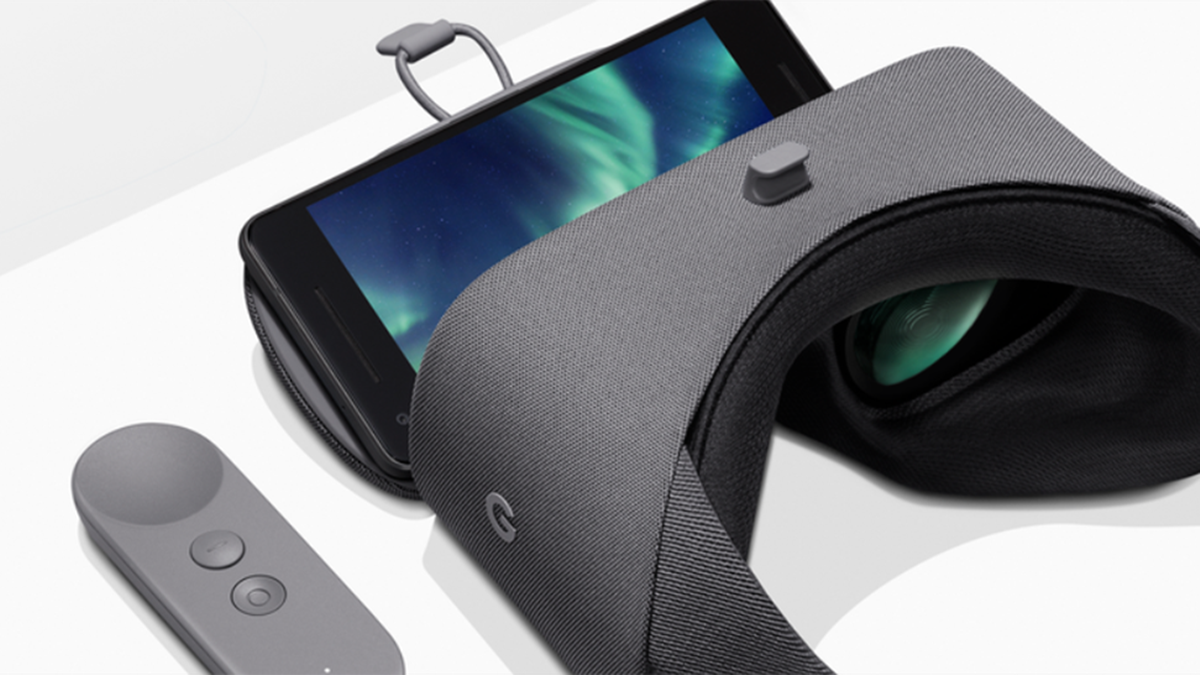Introduction
Welcome to the exciting world of virtual reality (VR) gaming! VR headsets have revolutionized the way we experience games, allowing us to immerse ourselves in virtual worlds and enjoy a truly immersive gaming experience. However, to power these advanced devices, a reliable and robust power supply unit (PSU) is crucial.
A PSU is the unsung hero of any computer system, responsible for converting the AC power from your wall outlet into the DC power needed by your computer components. While VR headsets themselves are powered by the USB ports on your computer, it’s essential to have a PSU with sufficient power to handle the demands of the entire system.
In this article, we will explore the importance of having an adequate PSU for VR headsets. We will discuss the power consumption of VR headsets, recommended PSU wattage, factors to consider in PSU selection, and provide useful tips for choosing the right PSU for your VR gaming needs.
Whether you’re a seasoned gamer or new to the world of VR, understanding the role of the PSU and its impact on your VR gaming experience is crucial. So, let’s delve deeper into the world of VR headsets and PSUs and uncover the secrets to a seamless and powerful VR gaming setup!
What is a PSU?
A power supply unit (PSU) is a vital component of a computer system that provides electrical power to all the other components. It converts the alternating current (AC) power from the wall outlet into direct current (DC) power that is used by the computer’s internal hardware.
PSUs come in various wattages and form factors, depending on the power requirements of the system. They are typically housed in a metal casing with cooling fans to dissipate heat generated during operation.
The basic function of a PSU is to regulate and distribute power to the different components of a computer system, including the motherboard, processor, graphics card, storage drives, and peripherals. It ensures that each component receives a stable and consistent power supply, preventing voltage fluctuations that could potentially damage the system.
PSUs also provide various connectors and cables to connect the components to the power supply. These connectors include the 24-pin ATX connector for the motherboard, 4-pin or 8-pin CPU power connectors, and SATA power connectors for storage devices.
Furthermore, PSUs come with different efficiency ratings, commonly indicated as 80 Plus Bronze, Silver, Gold, Platinum, or Titanium. These ratings indicate the PSU’s ability to convert AC power to DC power efficiently, reducing energy waste and heat generation.
In summary, a PSU is a critical component that provides stable power to all the other parts of a computer system. It ensures the smooth operation and longevity of the system by converting and distributing power efficiently and reliably.
Power Consumption of VR Headsets
VR headsets are advanced devices that require a considerable amount of power to operate. Understanding their power consumption is crucial in ensuring compatibility with your PSU and preventing issues such as system instability or crashes.
The power consumption of VR headsets can vary depending on the specific model and brand. Most VR headsets, such as the Oculus Rift, HTC Vive, or PlayStation VR, draw power directly from the USB ports of your computer. This means that the power required to operate the headset is ultimately determined by the USB power output of your computer or the dedicated USB power adapter.
On average, VR headsets consume around 5 to 10 watts of power. This power requirement is relatively low compared to other components in a computer system, such as the graphics card or processor. However, it’s important to note that the VR headset is not the only component consuming power; the entire system, including the display, graphics card, CPU, and peripherals, also contribute to the overall power consumption.
Additionally, it’s worth mentioning that the power consumption of VR headsets can vary during different stages of operation. For example, when the headset is in standby mode or not actively displaying VR content, the power consumption may be lower than during intensive gaming or VR experiences.
Considering the power consumption of VR headsets, it’s essential to ensure that your PSU can handle the power requirements of the entire system. This includes not only the power consumption of the headset but also the power draw of other components, especially the graphics card, which can significantly impact power requirements.
By understanding the power consumption of VR headsets and the overall power requirements of your system, you can make an informed decision when selecting the appropriate wattage and quality of PSU for your VR gaming setup.
Recommended PSU Wattage for VR Headsets
When it comes to choosing the right power supply unit (PSU) for your VR headset, it’s crucial to select one that can meet the power requirements of your entire system. The recommended PSU wattage for VR headsets depends on various factors, including the power consumption of the headset and the other components in your computer.
As mentioned earlier, VR headsets themselves consume relatively low power, typically ranging from 5 to 10 watts. However, other components in your system, such as the graphics card, CPU, and peripherals, also draw power. Therefore, it’s important to consider the power requirements of the entire system when selecting a PSU.
A good rule of thumb for determining the recommended PSU wattage is to assess the power requirements of the most power-hungry component in your system, which is usually the graphics card. High-end graphics cards can consume a significant amount of power, especially if you plan on running demanding VR games or applications.
Graphics card manufacturers often provide recommended PSU wattage specifications for their specific models. For example, a high-end graphics card may recommend a PSU with a wattage of 600 to 750 watts. However, it’s important to note that these recommendations consider the power requirements of the entire system, including the graphics card itself and other components.
It’s generally advisable to opt for a PSU with a slightly higher wattage than the recommended amount to allow for future upgrades or ensure sufficient power delivery during peak loads. This provides a margin of safety and prevents the PSU from operating at maximum capacity, which can lead to increased heat and reduced efficiency.
Additionally, when selecting a PSU, pay attention to the quality and efficiency rating. A high-quality PSU with an 80 Plus Bronze, Silver, Gold, Platinum, or Titanium rating ensures cleaner and more stable power delivery, reducing the risk of system instability or component damage.
In summary, the recommended PSU wattage for VR headsets depends on the power requirements of the headset and the other components in your computer system. It’s advisable to determine the power requirements of the most power-hungry component, such as the graphics card, and select a PSU with a slightly higher wattage to ensure sufficient power delivery and future-proofing.
Factors to Consider in PSU Selection for VR Headsets
Choosing the right power supply unit (PSU) for your VR headset involves considering various factors to ensure optimal performance, stability, and compatibility with your system. Here are some crucial factors to keep in mind when selecting a PSU:
1. Power Requirements: Assess the power consumption of your VR headset, as well as the other components in your system. Consider the power draw of your graphics card, CPU, storage drives, and peripherals. Ensure that the PSU can handle the total power requirements of the entire system when all components are under load.
2. Wattage: Select a PSU with an appropriate wattage for your system. Consider the power requirements of the most power-hungry component, such as the graphics card. It’s recommended to choose a PSU with slightly higher wattage than the minimum requirement to allow for future upgrades or additional power demands.
3. Efficiency: Look for a PSU with a high efficiency rating, indicated as 80 Plus Bronze, Silver, Gold, Platinum, or Titanium. A higher efficiency rating means the PSU can convert AC power to DC power more efficiently, resulting in reduced energy waste and heat generation.
4. Connectors and Cables: Ensure that the PSU provides the necessary connectors and cables to connect all the components in your system, including the motherboard, graphics card, storage drives, and peripherals. Check for compatibility with the specific connectors required for your VR headset and other devices.
5. Certifications and Safety Features: Look for PSUs that have certifications from regulatory bodies, such as UL (Underwriters Laboratories), and safety features like overvoltage protection, overcurrent protection, and short circuit protection. These features protect your components from power fluctuations or electrical failures.
6. Modularity: Consider whether you prefer a modular or non-modular PSU. Modular PSUs offer the advantage of detachable cables, allowing for easier cable management and improved airflow within your system.
7. Brand and Reputation: Research reputable PSU manufacturers known for their reliability, quality, and customer support. Read reviews and consider the feedback from other users to ensure you choose a trustworthy brand.
8. Budget: Finally, consider your budget and find a PSU that offers a balance between performance, reliability, and affordability. Remember that compromising on the quality of your PSU can lead to potential issues and risks for your system.
By considering these factors, you can make an informed decision when selecting a PSU for your VR headset. A reliable and high-quality PSU will provide stable power delivery, optimal performance, and peace of mind during your immersive VR gaming experiences.
Tips for Choosing the Right PSU for VR Headsets
Choosing the right power supply unit (PSU) for your VR headset is crucial to ensure stability, performance, and compatibility with your system. Here are some valuable tips to keep in mind when selecting a PSU for your VR gaming setup:
1. Calculate Power Requirements: Determine the power consumption of your VR headset and other components in your system. Consider the power draw of your graphics card, CPU, storage drives, and peripherals. Use online PSU calculators or consult manufacturer recommendations to get an estimate of the wattage required.
2. Pay Attention to Quality: Invest in a high-quality PSU from a reputable manufacturer. Quality PSUs offer better efficiency, reliability, and have built-in safety features to protect your components from power fluctuations or failures.
3. Consider Future Upgrades: Choose a PSU with a wattage slightly higher than your current requirements. This provides headroom for future upgrades or the addition of power-hungry components, ensuring your system remains stable and efficient over time.
4. Check for Certifications: Look for PSUs with certifications such as 80 Plus, EPEAT, or Energy Star. These certifications indicate that the PSU has undergone rigorous testing and meets industry standards for energy efficiency and environmental impact.
5. Modularity for Cable Management: Consider a modular PSU, which allows you to detach unnecessary cables and keep your system’s interior clean and well-organized. This improves airflow and reduces cable clutter, resulting in better cooling and easier maintenance.
6. Consider Noise Levels: Look for PSUs with features like silent operation or fanless designs if you prioritize a noise-free gaming experience. These PSUs utilize passive cooling techniques or quieter fans to minimize noise levels.
7. Read Reviews and User Feedback: Research and read reviews from other users to gauge the reliability and performance of the PSU you intend to purchase. User feedback can provide valuable insights into the PSU’s real-world performance and customer support.
8. Look for Warranty: Consider PSUs that come with a generous warranty period. A longer warranty reflects the manufacturer’s confidence in their product’s quality and serves as a safety net in case of any unexpected issues.
9. Plan for Cable Lengths: Ensure that the PSU has cable lengths suitable for your case size, especially if you have a larger or unconventional form factor case. This ensures that the cables can reach the required components without any strain or need for extensions.
10. Set a Realistic Budget: Determine your budget and strike a balance between affordability and quality. Avoid compromising on the PSU as it is a critical component that impacts the overall stability and performance of your VR gaming system.
By following these tips, you can confidently select a PSU that meets the power requirements of your VR headset and system while ensuring stability, efficiency, and longevity. A reliable and well-chosen PSU will provide a solid foundation for your immersive VR gaming experience.
Conclusion
Choosing the right power supply unit (PSU) for your VR headset is crucial for a smooth and enjoyable gaming experience. By considering factors such as power requirements, wattage, efficiency, connectors, and safety features, you can ensure compatibility and optimal performance.
Understanding the power consumption of your VR headset and the other components in your system allows you to select a PSU with the appropriate wattage. It’s advisable to choose a PSU with slightly higher wattage than the minimum requirement to accommodate future upgrades and maximize system stability.
Quality should be a top priority when selecting a PSU. Look for reputable brands with certifications such as 80 Plus, and read reviews to gauge user satisfaction and reliability. A high-quality PSU with built-in safety features protects your components and provides stable power delivery.
Consider factors like modularity for cable management, noise levels, warranty, and realistic budget constraints. These factors help you make an informed decision based on your specific needs and preferences.
Remember, a well-chosen PSU is essential for the overall stability, performance, and longevity of your VR gaming system. It ensures that your VR headset and other components receive sufficient and reliable power, ultimately enhancing your immersive gaming experience.
Take your time to research and choose a PSU that best fits your requirements. By following the tips outlined in this article, you can confidently select the right PSU for your VR headset and enjoy countless hours of immersive gaming adventures.







